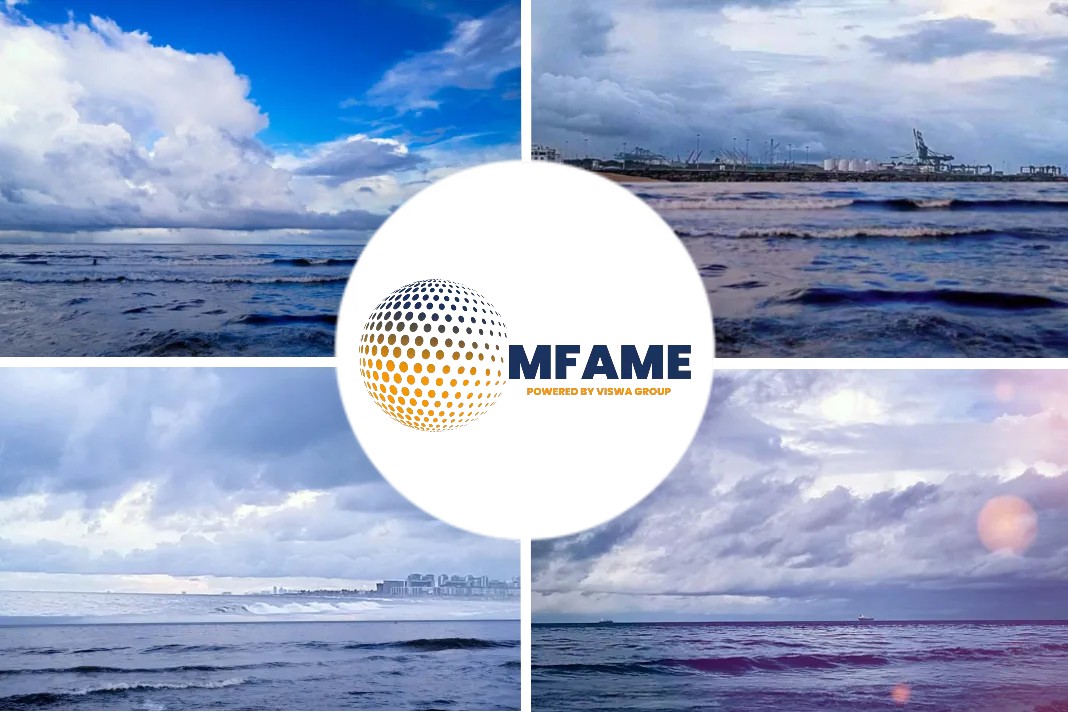
- Panama Canal reduces daily ship transits due to low water levels.
- Shipowners face extensive delays and financial strain.
- LNG flows impacted; alternative routes sought by some exporters.
Capacity Limits
As of July 30, the Panama Canal Authority has taken measures to address the declining water levels at Gatun Lake during the dry season. Transit allotments have been significantly reduced, allowing only 22 ships daily at the older Panamax locks and 10 at the Neopanamax locks. This reduction in capacity is expected to help mitigate potential draft restrictions.
Impact on Industry
The reduced transit capacity has led to extensive delays for ships attempting to pass through the canal. Shipowners have been struggling to secure slots, with some experiencing wait times of up to 10 days or more. Auction prices for slots have skyrocketed, reaching above $350,000, causing financial strain and operational challenges for the industry.
Preference for Alternative Routes
In response to the prolonged delays and uncertainty caused by the reduced capacity, some shipowners are opting to avoid the Panama Canal altogether. Instead, they are favoring alternative routes, which has resulted in higher freight pricing for certain routes, such as the US Gulf Coast-Chile clean tanker run.
Market Conditions
The restrictions imposed by the Panama Canal Authority have also affected the LNG market. Cheniere, a notable LNG exporter, has announced its decision to avoid using the canal due to unfavorable market conditions and increased transit wait times. Despite this, other companies continue to ship LNG through the Panama Canal, with some fluctuations in the number of LNG carriers arriving at the canal compared to the previous year.
The Panama Canal’s reduction in daily transit allotments has significantly impacted the shipping industry and the LNG market. Shipowners are facing extended wait times, financial burdens, and have started seeking alternative routes. The situation highlights the challenges posed by waterway capacity constraints and their ripple effects on global trade and energy markets.
Did you subscribe to our daily Newsletter?
It’s Free! Click here to subscribe!
Source-spglobal






















